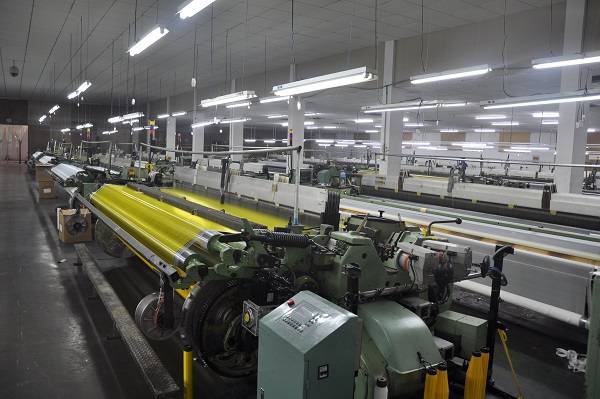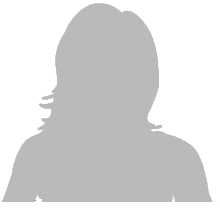Company Blog
Products for Filtration, Separation, Sifting and Printing
Printer Guidebook---Screen Mesh 6
- Font size: Larger Smaller
- Hits: 8080
- Subscribe to this entry
- Bookmark

Mesh preparation
Abrasion and degreasing to make the mesh more receptive to stencil adhesion.
This variable precedes the discussion of other stencil variables because it is the source of various common stencil-breakdown problems-pinholes, fisheyes or poor stencil adhesion to the mesh-often blamed on the emulsion itself. The screen mesh must be prepared for stencil application by, in some cases, abrading and, in all cases, degreasing.
Abrading is necessary when stencils which adhere to one side of the mesh-indirect emulsions and capillary films alike-are used, because the stencil may not adhere properly to the smooth surfaces of individual mesh filaments in today's monofilament polyester and nylon meshes.
Abrading changes the surface structure of the mesh, literally scratching and scraping the filament surface. This results in minute cracks and crevasses that increase the surface area available for bonding.
Oddly enough, despite its importance, there has been little definitive information available about how best this mesh-prep essential should be executed, so here are the basics. By far the most common means of abrading mesh is mechanical: an abrasive material, applied by hand either in the form of a dry powder or a paste/gel. The abrasive (either silicon carbide or aluminum oxide powder) is ground to a powder-like particle size small enough to pass easily through mesh counts as fine as 500 threads per inch, but with enough grit to roughen the filament surface-literally scratching and crevassing it-as they pass in, around and through the individual threads. This increases the surface area available for stencil bonding. The coarse abrasive powders and bleaches in the household cleaning products (such as Comet and Ajax) to which some screen makers resort are unsuitable for screen-print usage. (Save them for those tough pots and pans.)
Most authorities agree that it is necessary to abrade only the print side of the screen fabric. The concern here is to minimize mesh damage, or wearing out the mesh. This process does, after all, "damage" the mesh which, if controlled, is a good thing. To much of that good thing will lead to premature mesh failure.
Care should be taken to abrade the entire screen evenly, because ink deposit may differ between abraded and non-abraded areas. The screen should then be rinsed with a pressure washer or garden hose.
Below are the generally recognized steps for a properly abraded screen:
1) Abrasive compound in a gel or paste form is preferable to dry powder. This is because finely powdered abraders easily become an airborne hazard. They can scratch anything with which they come into contact (including eye glasses and contact lenses) and can be accidentally inhaled.
2) The compound should be applied to a wet screen using a circular motion-similar to that used when waxing a car-with a high-density polyester or nylon-bristled brush rather than coarser brush materials.
3) Abrasion at moderate pressure will likely produce a balanced result in 5 to 10 seconds, and should certainly continue no longer than 15 seconds.
In order for this procedure to produce repeatable results, consistent pressure is also very important. Since this is a mechanical process done by a human, a certain amount of variation in abrasion pressure is inevitable. Mesh may be abraded in a predetermined way for a predetermined time, yet the amount of force applied by the screen maker is likely to vary (depending on mood, fatigue level and so on) and will certainly vary between different people.
Variations in pressure alone could result in fabric damage in some cases and insufficient adhesion in others. Therefore, in addition to setting parameters for technique and time of application, careful experimentation and training must also be done to maintain as much pressure consistency as possible.
Finally, mesh must also be degreased or stripped of solvents and/or oily residues prior to further processing, because these contaminants will interfere with adhesion of the stencil. Even (perhaps especially) new mesh is not exempt, as it is still laden with lubricants with which it is contaminated during manufacture. Degreasing can be especially crucial with direct liquid emulsions, because contaminants can interfere with coating consistency by preventing an even flow of the liquid when it is applied.
Although there are several products that may be used for degreasing, best results are achieved with commercial degreasing agents available from stencil manufacturers. (Household dishwashing liquids are sometimes used, but many contain fragrances and skin-care additives such as lanolin, which may remain on the mesh after rinsing. Lanolin is, after all, an oil.)
With capillary films, the degreaser should also contain a wetting agent. Its presence on the mesh ensures good adhesion by promoting the smooth, unbroken "sheeting" of the water on the mesh that is so necessary to promote good capillary action (the water literally draws the stencil into the mesh) for which these films are named.
Degreasing should not be confused with removal of residual ink or stencil material, which require screen-wash or stencil-reclaim chemistry.
Last modified on




